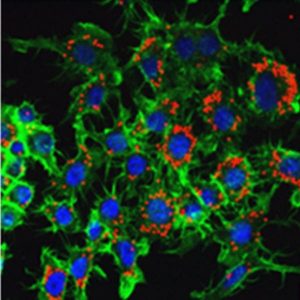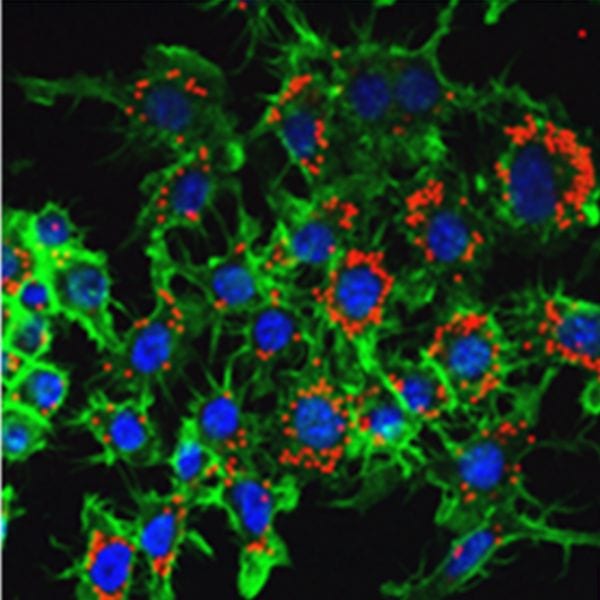 Where previously materials with useful properties have seen widespread application prior to the discovery of their potentially undesirable behaviours – asbestos comes to mind – the introduction of new materials to our living and working environments is now preceded by ever more complex and rigourous testing.
Where previously materials with useful properties have seen widespread application prior to the discovery of their potentially undesirable behaviours – asbestos comes to mind – the introduction of new materials to our living and working environments is now preceded by ever more complex and rigourous testing.
Nanomaterials in particular have become a part of the collective consciousness, and not just because of the myriad cautionary science fiction based on this size regime: Nanoparticles of all shapes and compositions are popping up with increasing regularity in research fields from electronics to medicine but, because of their often surprisingly different behaviours as compared to their bulk counterparts, it is even more important to be able to predict and control their interactions before giving them the green light.
As regards the human body’s ability to deal with foreign materials, studies of the uptake and retention of nanoparticles in different organs are becoming more frequent in an effort to prove or improve the safety of these particles in environments where we are likely to come into direct contact with them.
Medicine is an obvious example, where nanoparticles have shown great promise as agents for targeted drug or gene delivery, chemotherapy, and non-invasive imaging. However, in such cases it is highly desirable to be able to engineer particles able to evade the body’s clearance mechanisms, at least for long enough to deliver a drug payload to an appropriate site in the body, for example.
With that in mind, a group working in Dublin has investigated the quantitative effect of particle size on the uptake efficiency and localisation of carboxylated polystyrene nanoparticles across cell lines from different parts of the human body, representative of the main avenues of exposure to such particles, as well as the variation in uptake kinetics for the different cell types. Their confocal microscopy and flow cytometry results suggest that nanoparticle uptake defies the expected size limits for uptake processes: a result which has important implications for the future safety assessments of these nanomaterials.

















